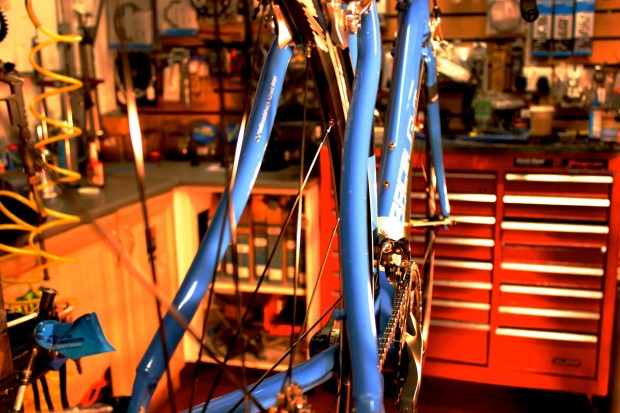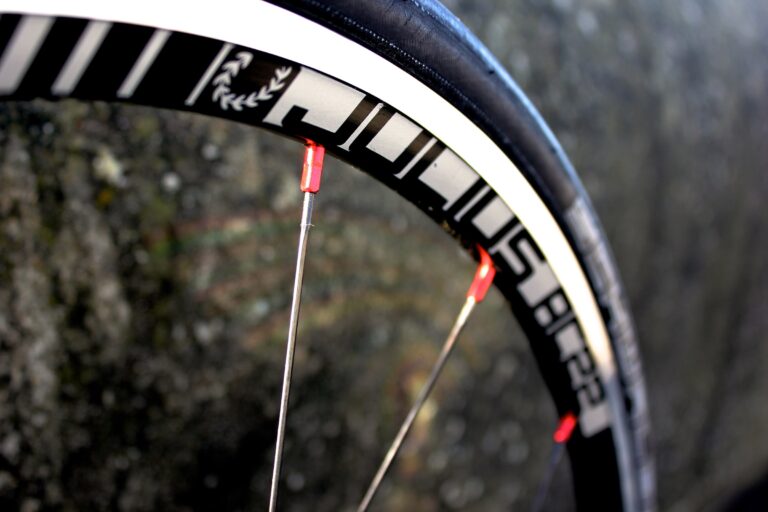Bicycle geometry is a little understood and often overlooked area, but it is an integral part of your next purchase, a major influence on the handling of the bike, and so of far greater importance to your enjoyment from it than more superficial considerations such as colour scheme.
The length and shape of the tubes, and the angles at which they are set, will decide variously how well the bike climbs, how quickly it accelerates, and how stable it feels at speed and through corners. Perhaps most importantly, geometry will have a profound influence on how comfortable or not the bike feels beneath different physiological types.

Put simply, everything else on a bike can be changed. The geometry cannot. It is hardcoded: your bicycle’s DNA. Handlebars and saddle can be positioned to great effect, but factors like wheelbase, key to stability, the chainstay length, a crucial influence on how well the bike accelerates and climbs, and the effect of the complex relationship between head angle, fork rake and trail, so important in determining how the bike handles, are fixed.
Over the following pages, we’ll consider each individual tube and angle of a bicycle chassis. It is important to understand, however, that the skeleton of your steed is the sum of its parts. A change to one element during the design process, be it tube length, angle, or profile, is likely to provoke a corresponding change elsewhere.
We captured the thoughts of three leading designers for this step-by-step guide to the constituent parts of your bicycle’s chassis: Albert Steward of Genesis, James Olsen of Pinnacle and Hoy Bikes, and Remi Gribaudo of Lapierre, who work predominately with steel, aluminium, and carbon fibre respectively.





